Temple tours, which are always ranked high in Nara tourism, should not be removed on a trip to Nara. In recent years, there has been a red stamp boom, which has spurred the popularity of visiting Nara temples.
Like Kyoto, it is a region that symbolizes the good old Japanese culture, and tourism from overseas is increasing. There are various events throughout the year, so it’s recommended for any season.
In this article, we will introduce five recommended spots that must be visited from over 1400 Nara temples.
Todaiji Temple
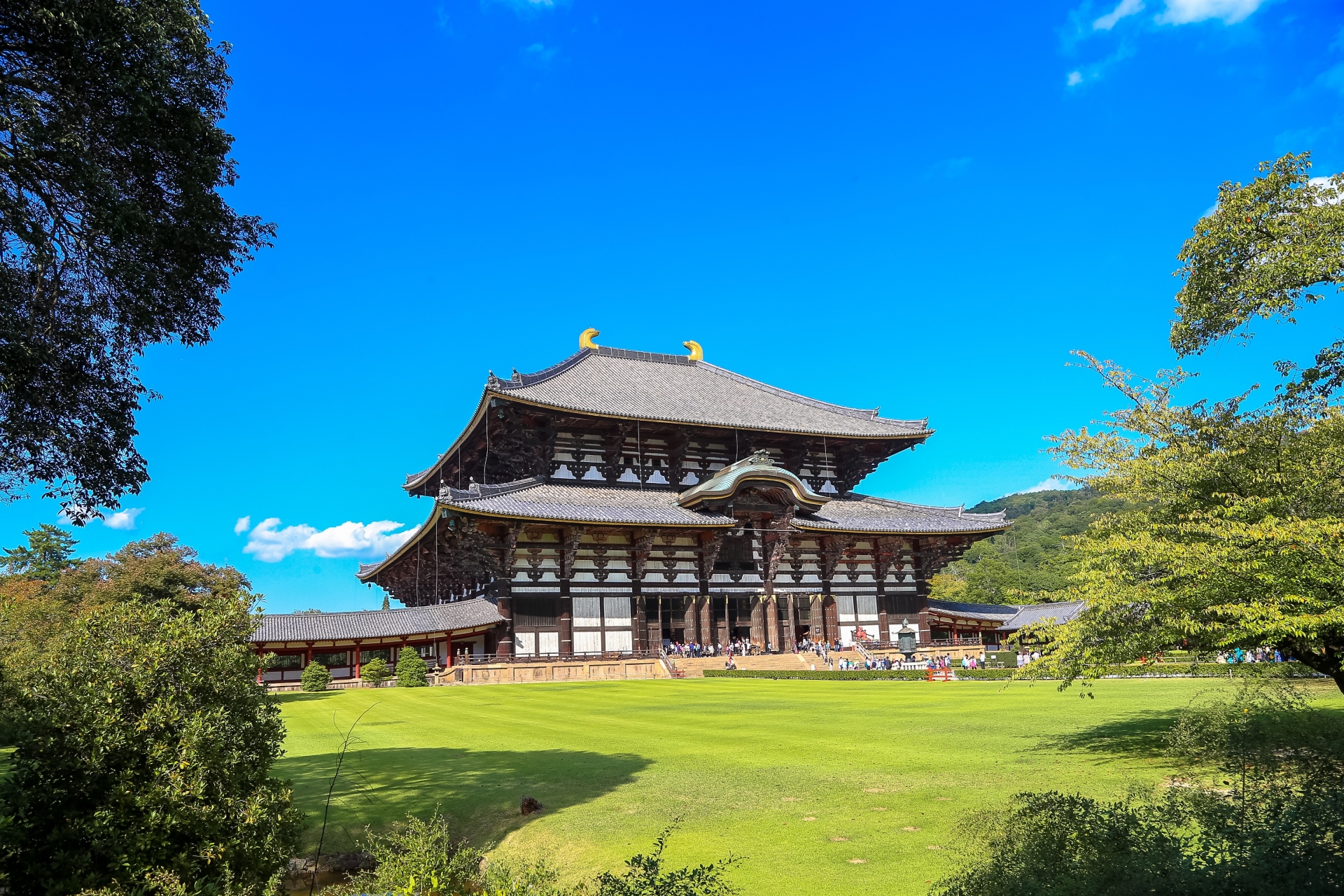
The most famous temple in Nara is Todaiji Temple. “The Great Buddha of Nara” is known by many people.
It is located in Nara Park, a very famous tourist attraction in Nara.
Students often visit there as a school trip destination, and many tourists visit there from child to adult throughout the year.
The world’s largest wooden Buddha Hall and Namdaemun are both national treasures and a masterpiece.
Information
Location:406-1 Zoshicho, Nara, 630-8211
Transportation:
Take the city bus from JR Yamatoji Line / Kintetsu Nara Line “Nara Station” and get off at “Todaiji Daibutsuden / Kasuga Taishamae” 5 minutes on foot
About 20 minutes on foot from Kintetsu Nara Station
Visiting time:
[April to October]
Great Buddha Hall, Hokke Hall (Sangetsu Hall), Kaidan Hall 7: 30-17: 30
Todaiji Museum 9: 30-17: 30 (Last entry 17:00)
[November to March]
Great Buddha Hall, Hokke Hall (Sangetsu Hall), Kaidan Hall 8: 00-17: 00
Todaiji Museum 9: 30-17: 00 (last admission 16:30)
Admission fee:
[Admission fee for Daibutsuden, Hokke-do, Kaidan-do, Todaiji Museum]
Adult (over college student) 600 yen
High school student 600 yen
Junior high school student 600 yen
Elementary school students 300 yen
[Set ticket (Daibutsuden, Todaiji Museum)]
Adult (more than junior high student) 1000 yen
Elementary school students 400 yen
HP:http://www.todaiji.or.jp/english/index.html
Map:
Yakushiji Temple
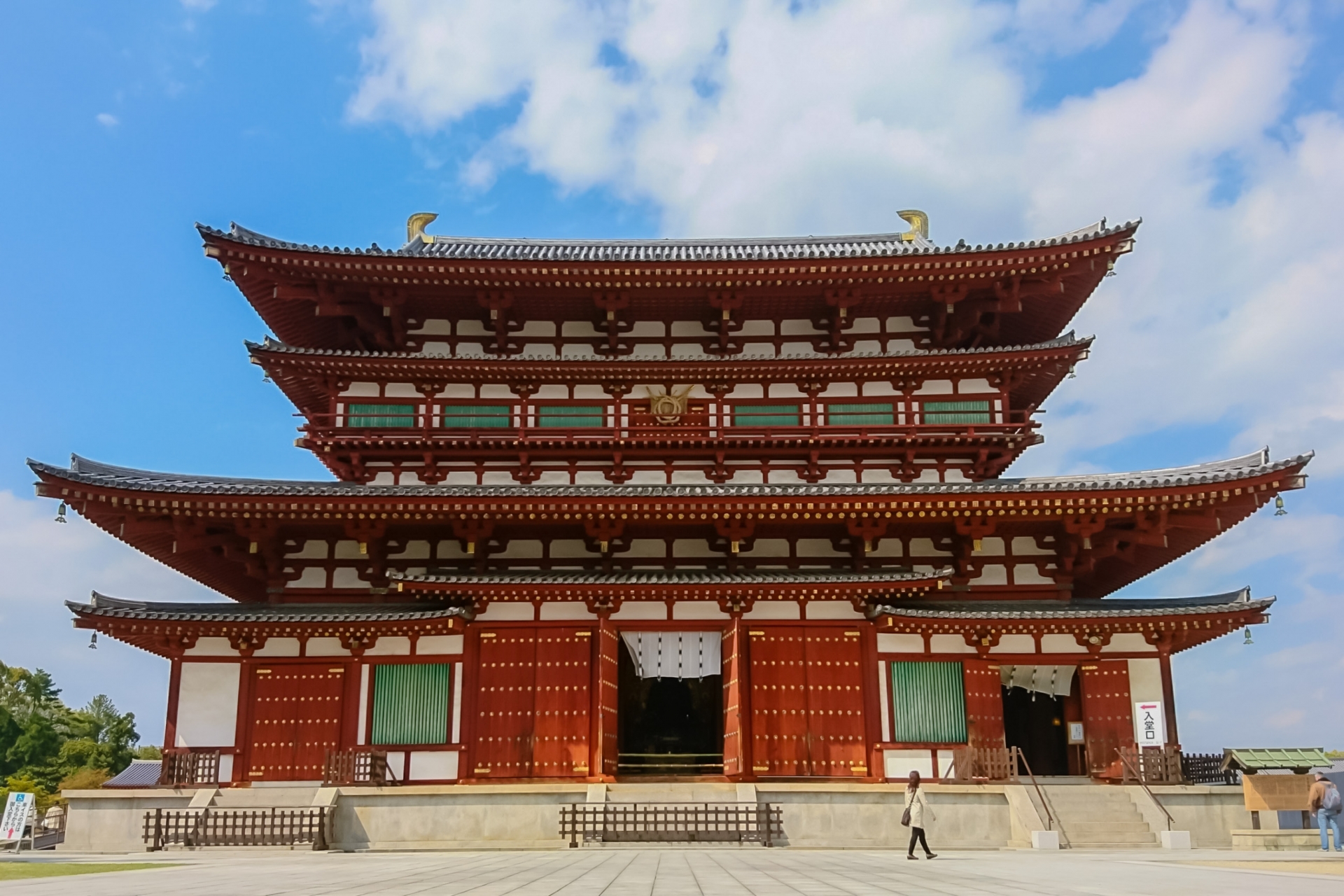
Yakushiji Temple, one of Nara’s cultural properties, is registered as a World Heritage Site.
Yakushi-ji Temple is known as a remedy for illness and is visited by many worshipers from all over the country wishing for mental and physical health.
The east tower built from the Nara era is currently under repair, but is the only temple in the temple designated as a national treasure.
It is scheduled to be completed around June 2020, and many people are waiting for the day it will be unveiled.
Information
Location:457 Nishinokyocho, Nara, 630-8563
Transportation:1 minute walk from Kintetsu Nishinokyo Station
Visiting time:8:30-17:00 (until reception 16:30)
Admission fee:
[Regular admission tickets (Hakuou Garan, Genjo Sanzoin Garan)]
Adult 1,100 yen
Junior high and high school students 700 yen
Elementary school student 300 yen
[Common admission ticket (normal admission ticket + west tower, canteen)]
Adult 1,600 yen
Junior high and high school students ¥ 1,200
Elementary school students 300 yen
[Regular admission tickets (only Hakuou Garan)]
Adult 800 yen
Junior high and high school students ¥ 500
Elementary school students 200 yen
HP:https://www.nara-yakushiji.com/
Map:
Kofukuji Temple
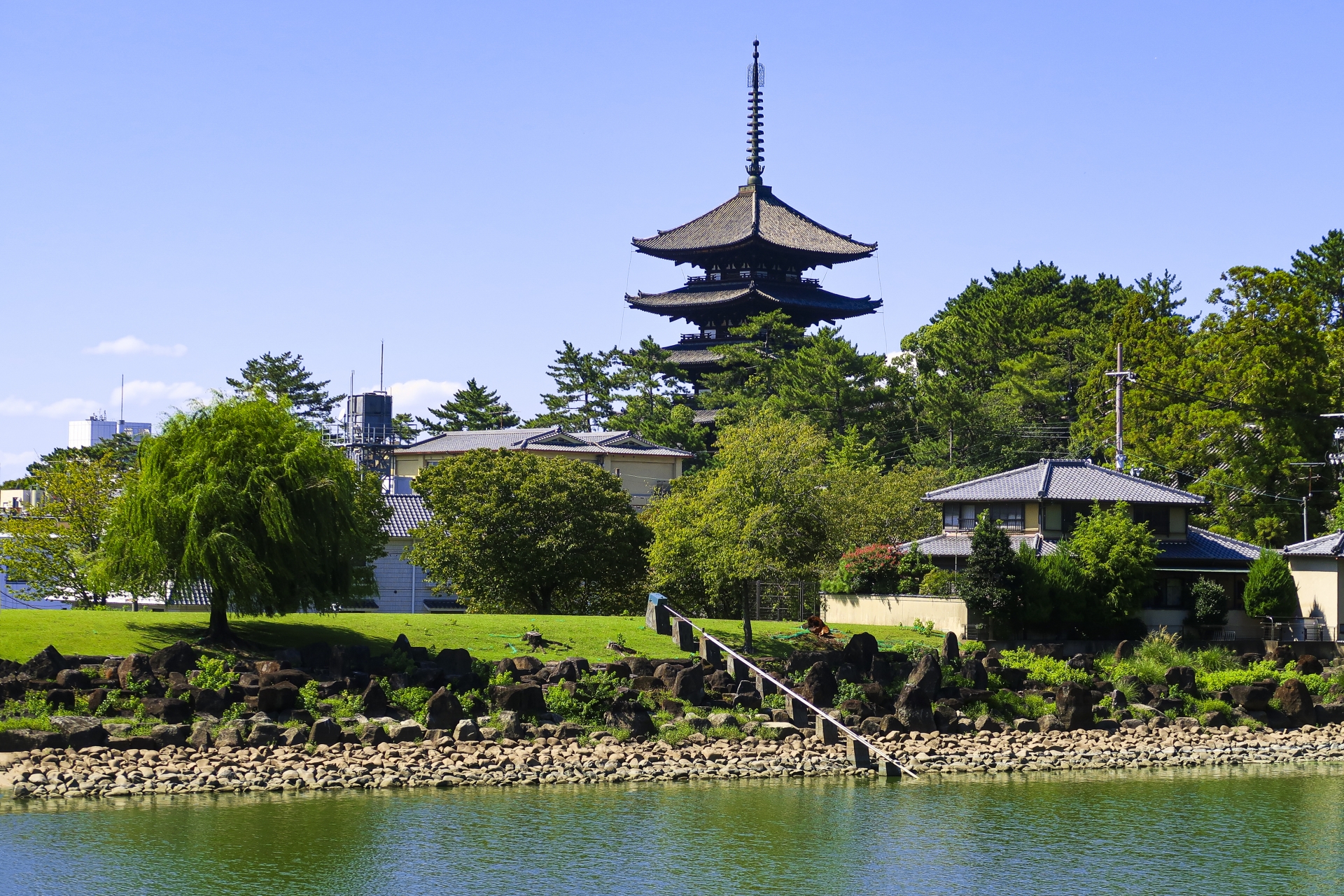
Kofuku-ji is within walking distance from Nara Station but surrounded by greenery.
Kofukuji Temple, which has many historical heritages, stores over 100 national treasures and important cultural properties.
Speaking of Kofukuji, the five-storied pagoda is famous.
From all over Nara City, you can see the five-storied pagoda, which is the tallest building in Nara City.
At night it is lit up and its appearance is fantastic.
Information
Location:48 Noboriojicho, Nara, 630-8213
Transportation:
Take the Nara Kotsu city circulation system from JR Nara Station and get off at the bus stop “Prefectural Office” in 5 minutes.
Visiting time:
From 9:00 to 17:00 (entry until 16:45)
Open all year round
Admission fee:
[National Treasure Hall / Togendo Joint Voucher (Admission Fee)]
Adult / university student 900 yen
Junior high and high school students 700 yen
Elementary school student 350 yen
* Common ticket sales until 16:00
HP:http://www.kohfukuji.com/english.html
Map:
Horyuji Temple
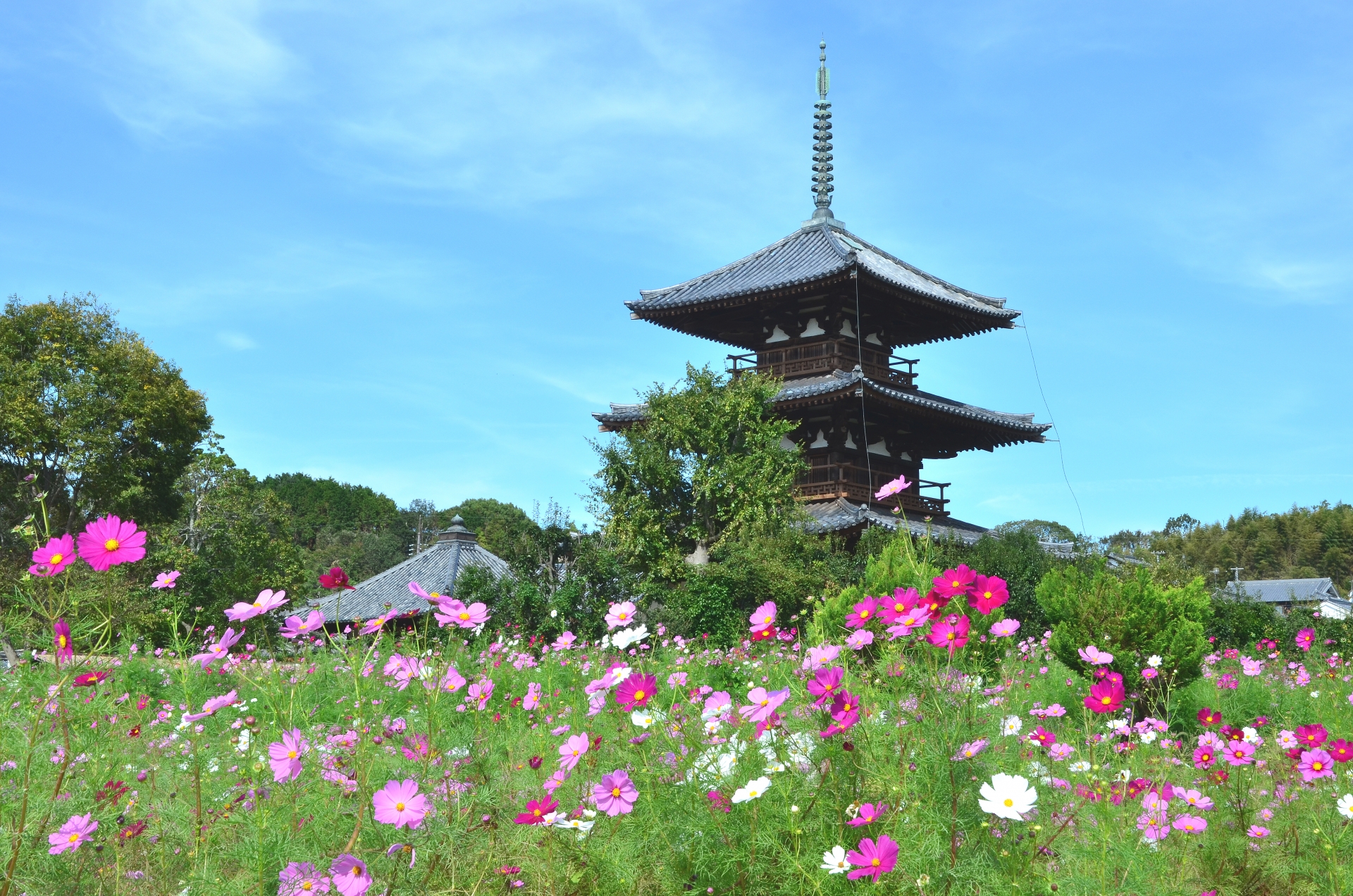
Horyu-ji Temple has a long history of 1400 and is closely related to Prince Shotoku.
The temple, which is registered as a World Heritage site, has a lot of buildings designated as national treasures on a vast site.
Many trees and flowers are planted in the precincts, and they show various faces throughout the year.
Above all, the contrast with the five-storied pagoda is very beautiful during the spring cherry blossom season and the autumn foliage season.
Information
Location:1-1-1 Horyuji Sannai, Ikaruga, Ikoma District, Nara 636-0115
Transportation:
About 20 minutes on foot from JR Horyuji Station
Or take the bus “Horyu-ji Temple” and get off at “Horyu-ji Temple”
Take the bus “National Highway Yokota / Sharp-mae / Horyu-ji-mae” from JR Oji Station (North Exit) and get off at “Horyu-ji-mae”
From Kintetsu Tsutsui Station, take the bus “JR Oji Station” and get off at “Horyujimae”
Visiting time:
2/22-11/3: 8am-5pm
11/4-2/21: 8am-4:30 pm
* Some facilities cannot be entered when closing time approaches.
Admission fee:
[Common to Saiin Temple, Daihozoin and Toin Temple]
Adult 1,500 yen
Elementary school student 750 yen
HP:http://www.horyuji.or.jp/en/
Map:
Hasedera
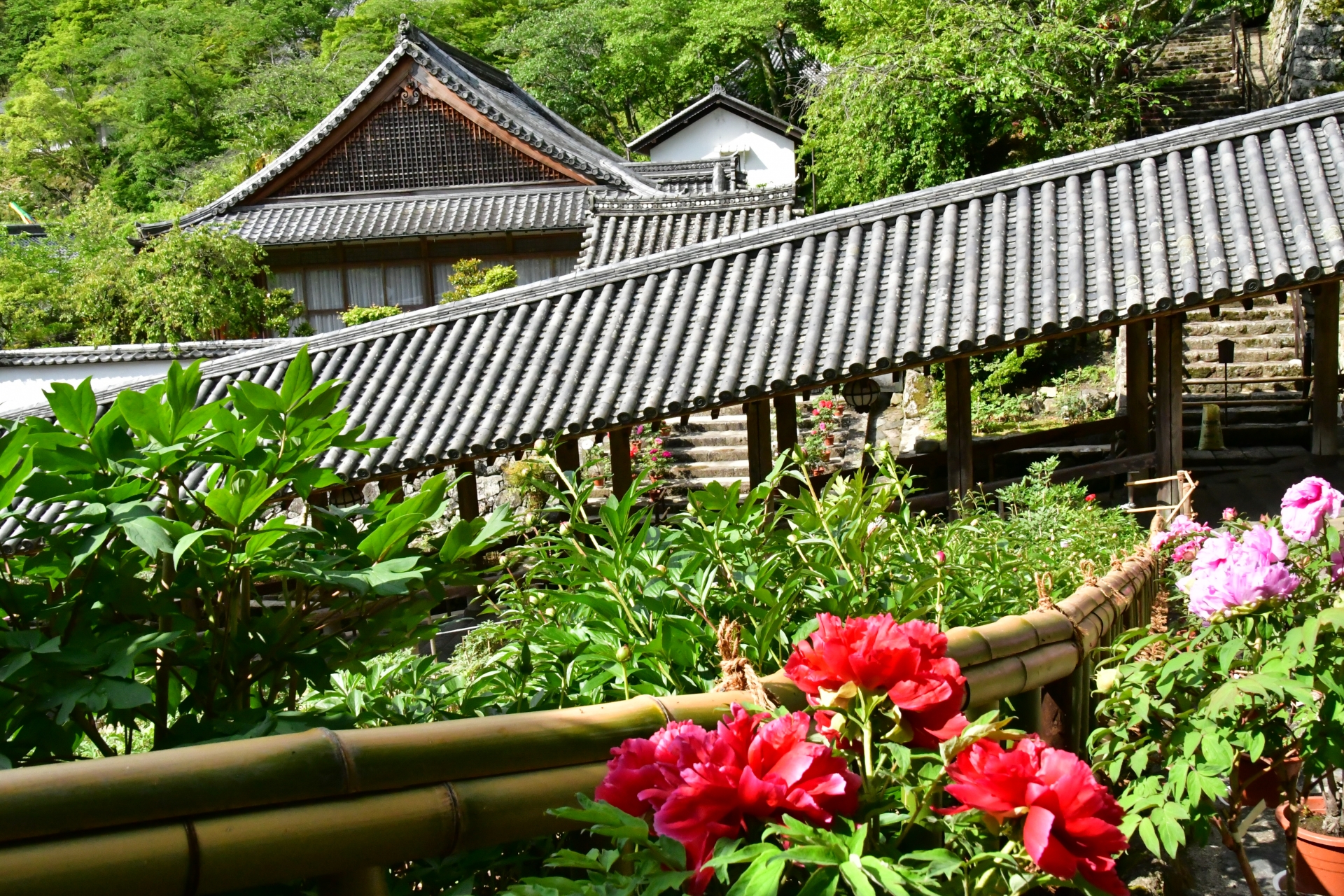
Hasedera is called “Flower Temple”. Many flowers bloom in the precincts throughout the year.
The 399-step corridor that leads from the Deva Gate to the main hall, and Japan’s largest 11-sided Kannon statue, are very famous.
From the corridor to the main hall during the winter season, it is also known as a place to enjoy winter peony.
We recommend that you take a deep breath and refresh yourself after going up to the main hall of Hasedera, located in the middle of Hatsuseyama.
Information
Location:731-1 Hase, Sakurai, Nara 633-0112
Transportation:
15 minutes on foot after getting off at Hasedera Station on the Kintetsu Osaka Line
After getting off at Sakurai Station on the Kintetsu Osaka Line and JR Manyo Mahoroba Line, it is a 10-minute walk from the Nara Kotsu Bus “Hasedera Sandoguchi”
Visiting time:
8:30-17:00 (April-September) / 9: 00-17: 00 (October-November / March) / 9: 00-16: 30 (December-February)
* There is a time extension such as the Peony Festival period.
Admission fee:
Adult: 500 yen
Junior high school / high school student / 500 yen
Elementary school student: 250 yen
Disability certificate: 250 yen
* Adjustment for disabled persons only for one accompanying person
HP:https://www.hasedera.or.jp/free/?id=345
Map:
Enjoy a leisurely temple tour immersed in history
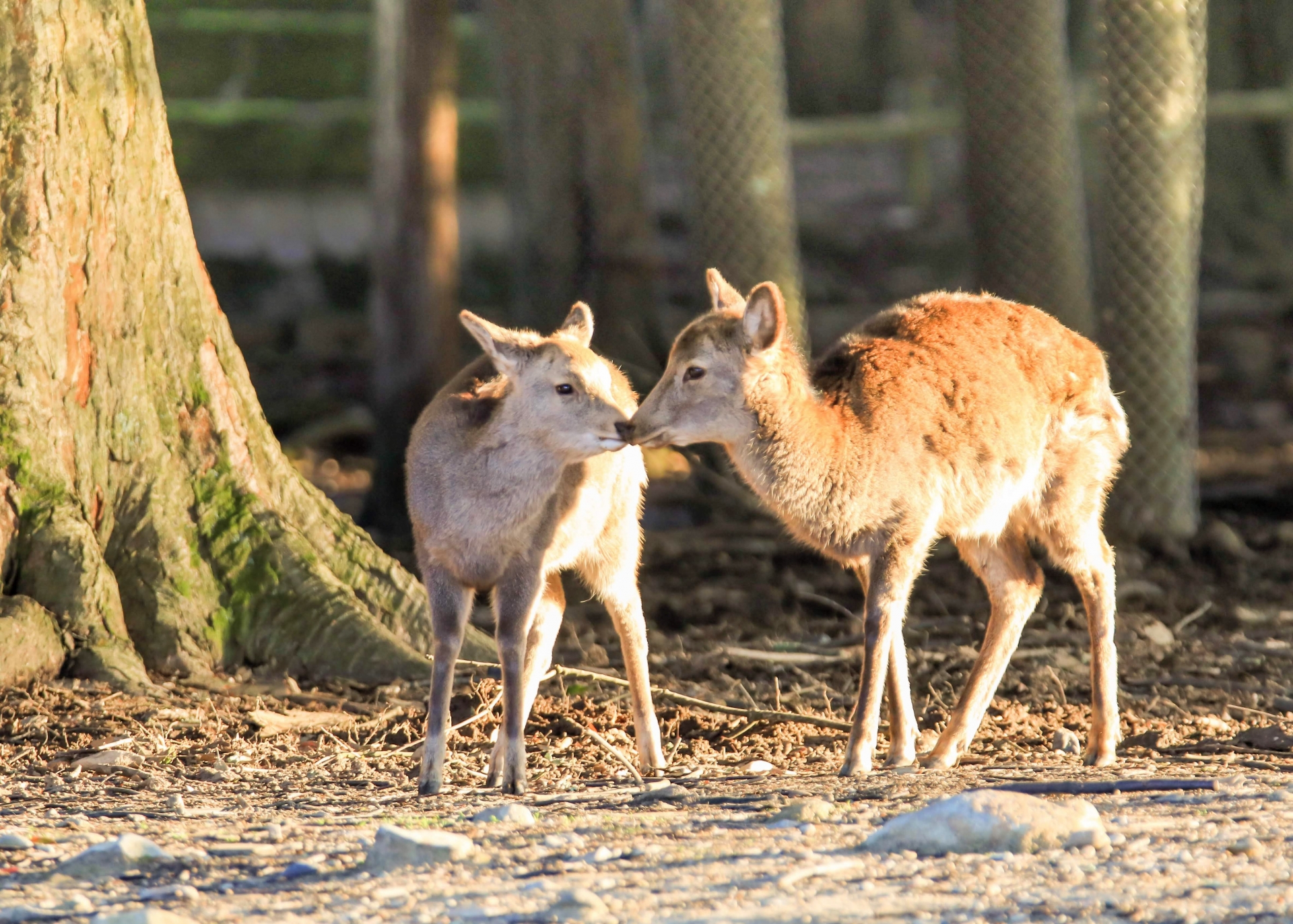
Many domestic and foreign tourists visit Nara temples. Please go around slowly while touching the deep history of Japan.

